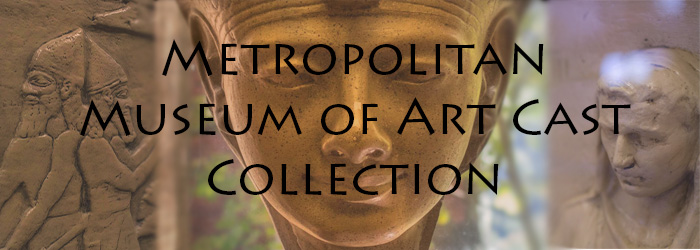
Description
Plaster cast of a grave stele of an athlete. Original is housed in the Archaeological Museum in Topkapi Palace, Istanbul, Turkey. Site of origin is Nisyros, Greece, circa 5th century BCE.
Publication Date
1978
Type of Artwork
Relief
Time Period/Geographical Region
Ancient Greece
Height (cm/in)
182.88 cm / 72 in
Width (cm/in)
63.5 cm / 25 in
Depth (cm/in)
10.16 cm / 4 in
Disciplines
Ancient History, Greek and Roman through Late Antiquity | Sculpture
Recommended Citation
Morehead State University. Camden-Carroll Library., "Grave Stele of an Athlete" (1978). Metropolitan Museum of Art Cast Collection. 25.
https://scholarworks.moreheadstate.edu/metropolitan_art_collection/25
Files
Download
Download Image (401 KB)


Comments
This monument, known as a stele, is a grave marker used by the ancient Greeks. The Greeks believed that at the moment of death, the spirit, or psyche, left the body, which was then buried according to ritual. Although few graves contained objects, statues were often erected to commemorate the dead and to ensure that they would not be forgotten. Like all Greek sculpture, stelai were painted, and the makers of this cast have attempted to recreate the dark hair of the original figure. The nude figure is holding a spear, which may indicate his preferred event in the games, or perhaps that he was once a soldier. The somewhat unnatural representation of the body, with shoulders squared while the rest of the body is in profile, and the depiction of stylized, exaggerated musculature, indicates that this figure is sculpted in the Severe style of the early 5th century BCE.